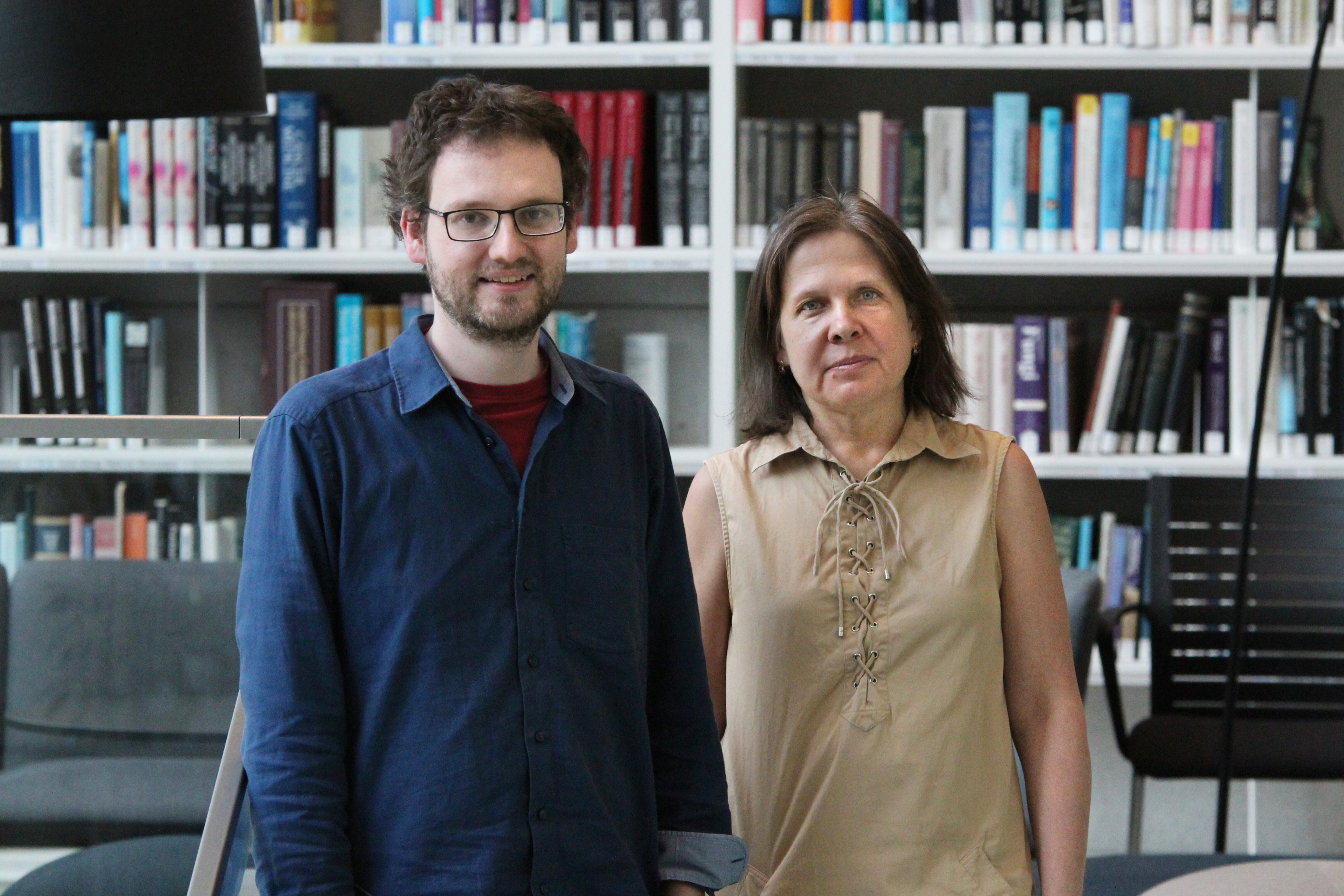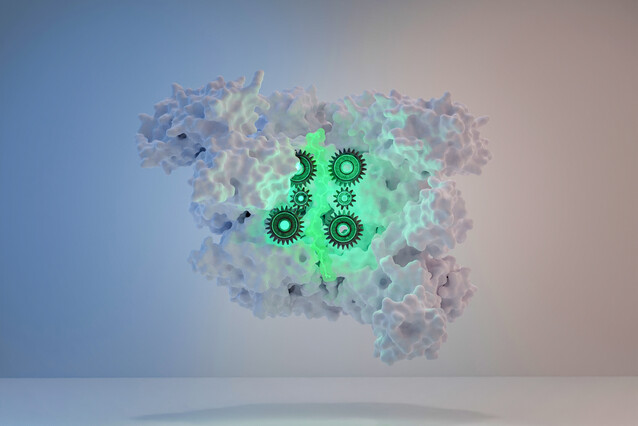Scientists visualise the final touch to ribosome maturation
Dividing cells are in constant need of ribosomes, the molecular machines that help them produce proteins. The steps of ribosome building and maturation have been under investigation for decades, yet the final stages have remained unclear. Scientists at the IMP have visualised one of the last steps to making a fully functional ribosome in yeast: how the enzyme Drg1 releases a molecular ‘bodyguard’ immediately after exiting the nucleus. They now report their findings in the journal Nature Structural and Molecular Biology.
Cells produce tens of thousands of different proteins with distinct roles. Ribosomes – large molecular machines themselves made of proteins and RNA – do the heavy lifting of protein production: they chain together amino acids into full-length proteins.
Proliferating cells are in constant need of ribosomes. Cancer cells, for instance, divide quickly and rely on a constant production of new ribosomes to maintain their growth. Understanding how ribosomes are generated may help scientists develop drugs that target ribosome production in cancer cells.
The building of a ribosome is a complicated process that involves dozens of proteins and a couple of RNA molecules. Most stages of the assembly and maturation of ribosomes take place in the secluded environment of the cell nucleus, which prevents unfinished ribosomes from interfering with protein manufacture in the cytoplasm.
For the last maturation steps, however, ribosomes are exported from the nucleus into the cytoplasm, with the ‘bodyguard’ protein Rlp24. The first step after export from the nucleus is the release of Rlp24 by the enzyme Drg1, a process that is essential for the cell's survival. For years, scientists have tried to understand how this works at the molecular scale.

For the first time, researchers in the labs of David Haselbach at the IMP and Helmut Bergler at the University of Graz have visualised how Drg1 is brought to the maturing ribosome and precisely positioned to extract Rlp24. They now show in the journal Nature Structural and Molecular Biology how Drg1 captures Rlp24 and translocates it through a central pore, away from the ribosome, which is then ready for the final maturation steps.
“This mechanism has been a mystery for decades. Our expertise in cryo-Electron Microscopy and our collaboration with the biochemists at the University of Graz made for a winning combination,” says Haselbach.
“We did our work in yeast – the next step will be to see how these mechanisms translate to human cells,” explains Irina Grishkovskaya, senior research assistant in the lab of David Haselbach and co-first author of the study. “Pinpointing the mechanisms of ribosome production in human cells will be a key discovery.”
Original publication
*These authors contributed equally to the study.
Further reading
Disrupting ribosome production – renewed potential for cancer therapy
